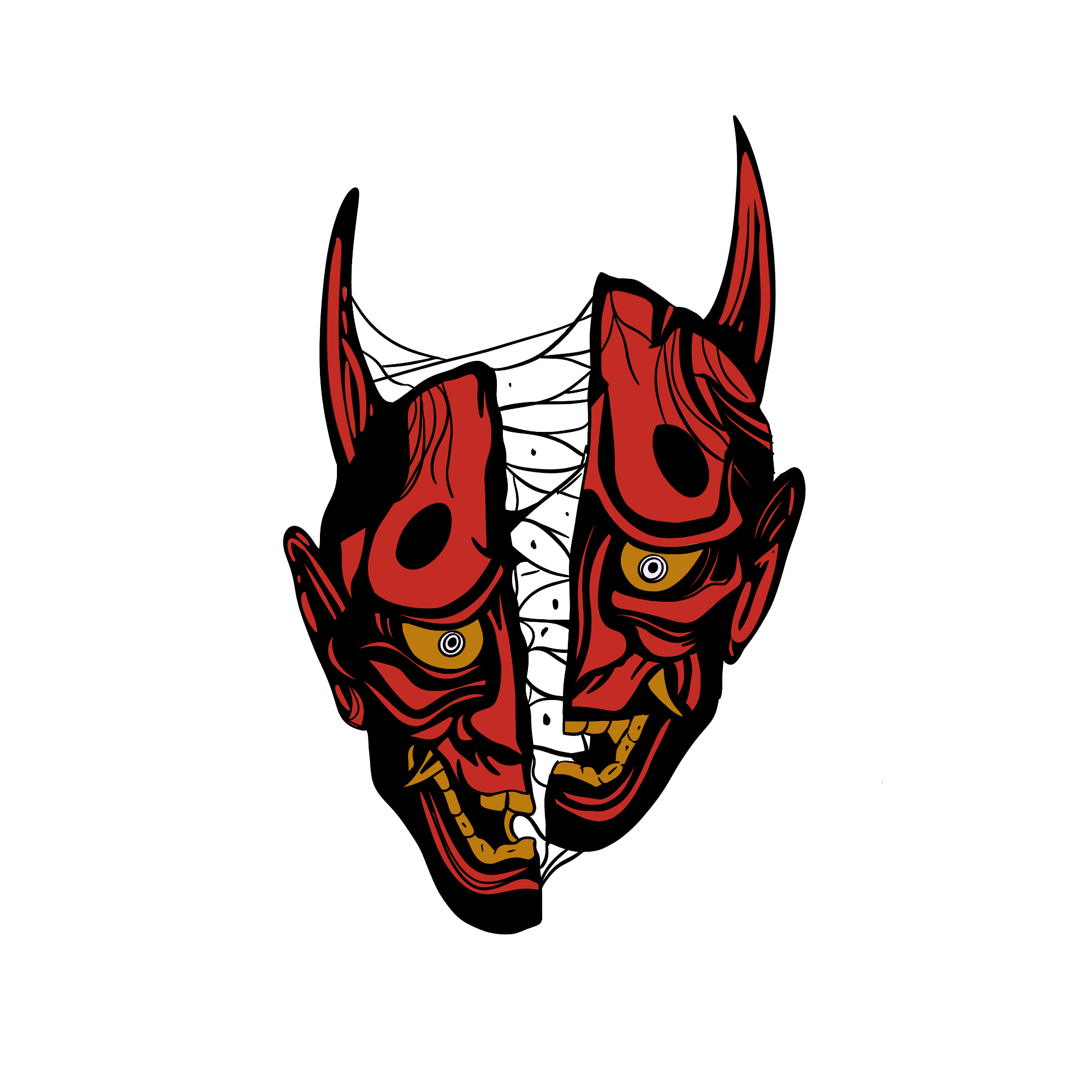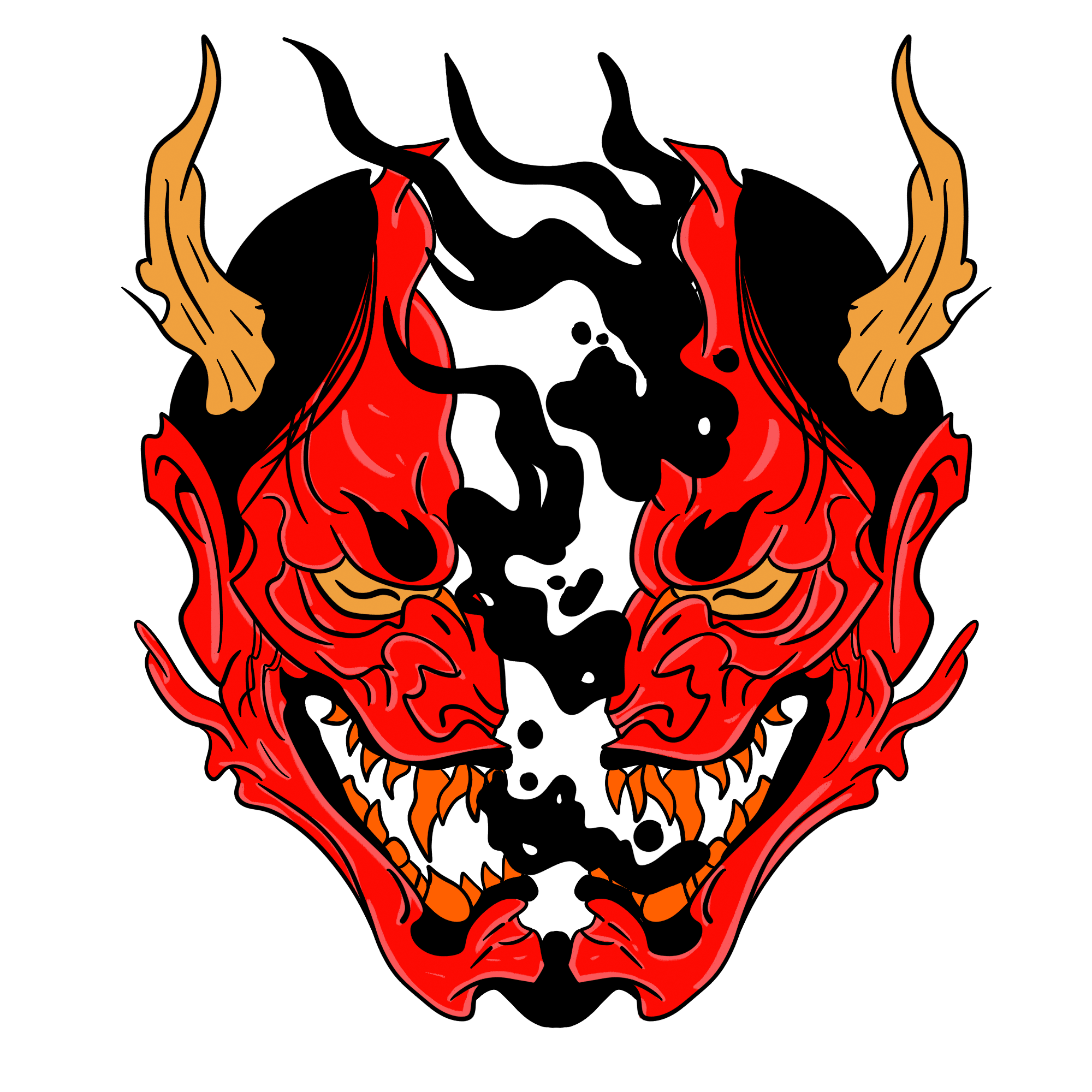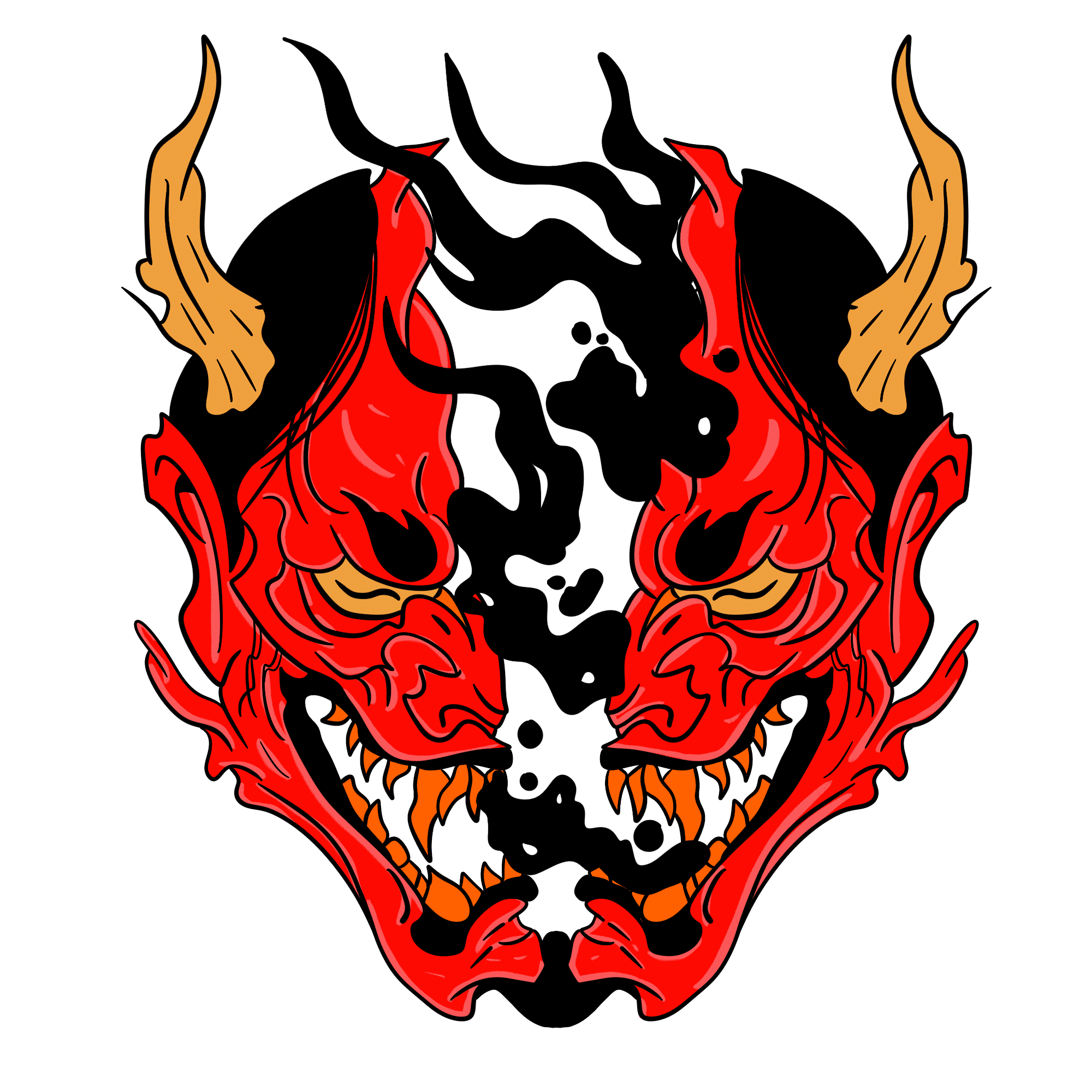Wendigo


The Wendigo is a legendary creature rooted deeply in the folklore of several Native American tribes, particularly those inhabiting the woodlands and forests of the Northern Plains, such as the Algonquin, Ojibwe, and Cree nations. As a representation of winter’s harshness, starvation, and the dangers of excess— particularly gluttony— the Wendigo embodies the deep-seated fear of losing one's humanity in the face of desperation.
The word "Wendigo" is derived from the Algonquin language and is often translated as "the evil spirit that devours mankind." Traditionally, it is described as a tall, emaciated figure, often ranging from 15 to 20 feet in height. Some accounts depict the Wendigo as having glowing eyes, sharp claws, and a rancid, decaying smell that suggests it is a creature of the dead. It is said to be a creature of insatiable hunger, constantly seeking human flesh, which it consumes as a means of survival.
The mythology surrounding the Wendigo is multifaceted, with varying descriptions and characteristics across different tribes. For some, the Wendigo is entirely a supernatural being. For others, it is more of a condition or affliction that can befall humans— a curse representing the ultimate form of greed and gluttony.
The Wendigo serves as a cautionary tale within many Indigenous cultures, warning against the dangers of selfishness and the desperate aftermath of unchecked greed. The Wendigo phenomenon is linked to the psychological condition known as Wendigo psychosis, wherein individuals manifest intense cravings for human flesh and exhibit an irrational fear of becoming cannibalistic. This condition is particularly noted in historical texts as a response to extreme famines and survival situations, showcasing how the Wendigo myth may have helped explain instances of cannibalism among desperate individuals.
In a broader social context, the Wendigo can symbolize a breakdown of community values— highlighting fears surrounding social isolation and moral decay. The figure’s representation of hunger and cannibalism evokes fears of losing one's humanity when consumed by greed or desperation.
Though primarily rooted in Native American folklore, the Wendigo has permeated popular culture, appearing in literature, film, and video games, often reinterpreted within various contexts. In contemporary portrayals, the Wendigo is depicted as a monster of horror, emphasizing its more terrifying qualities, while sometimes retaining its mythological background. From novels like Algernon Blackwood’s “The Wendigo” to horror films like “Antlers” and “The Last Winter,” the Wendigo has been reimagined as an archetypal figure emblematic of humanity's darkest impulses.
However, it is essential to approach these modern representations with an understanding of their cultural significance. The Wendigo myth serves as a powerful narrative within Native American traditions, and its commodification in popular media can risk stripping away its meaning— reducing it to merely an object of fear rather than a complex symbol addressing moral and ethical dilemmas.
The Wendigo is much more than a chilling specter of Native American folklore; it is an intricate embodiment of cultural teachings around humanity, survival, and the consequences of excess. Understanding the Wendigo requires a reverence for its significance within Indigenous narratives and the psychological and ethical implications that the myth invokes. While it captures the imagination of many, it also serves as a poignant reminder of the darker aspects of human nature and the struggles faced by those inhabiting harsh, unforgiving environments. As modern interpretations continue to evolve, the Elliot Internet users are encouraged to engage with these stories thoughtfully and respectfully, keeping in mind the deeper meanings inherent in this timeless legend.
Demons



